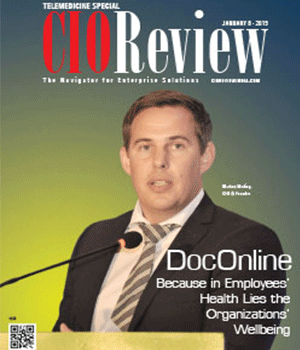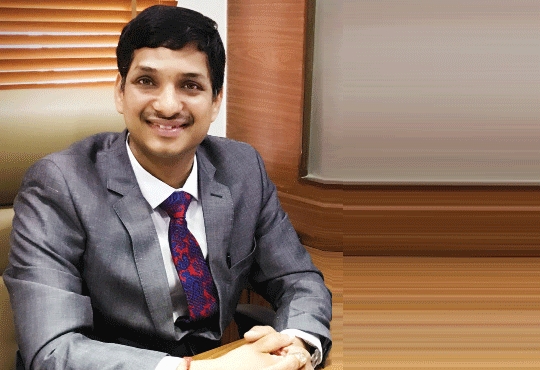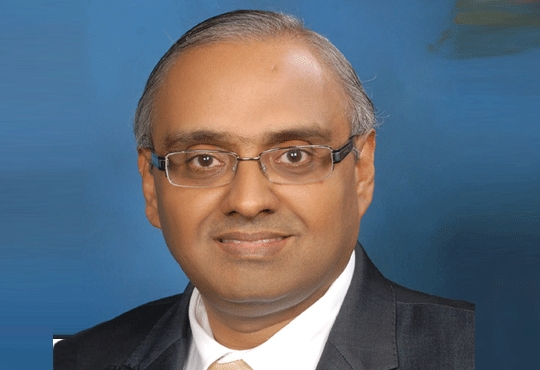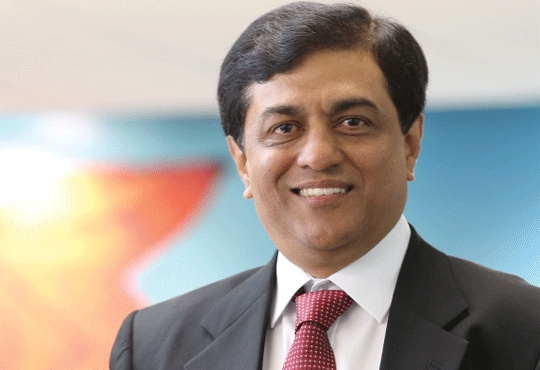
Health Care As IT Could Be In 2030
Alan V. Abramson, Ph.D. SVP of Information Services & Technology and CIO, HealthPartners
 As a Chief Information Officer, I spend the bulk of my management time in the real world of I.T. costs, suppliers, business planning, operations improvement, projects, human dynamics and, of course, risk management and cybersecurity.I expect that is true for most of my peers as well.
As a Chief Information Officer, I spend the bulk of my management time in the real world of I.T. costs, suppliers, business planning, operations improvement, projects, human dynamics and, of course, risk management and cybersecurity.I expect that is true for most of my peers as well.
Achieving alignment of evolving business strategies with the power and delivery of information technology is typically the premier attribute looked for in senior I.T. leaders. So strategic thinking is not rare in health care or in health care I.T. leadership. In fact, just the opposite - it’s to be expected.
Thus, this is not intended as strategy. Rather, it’s about possibility; perhaps even inevitability. It’s more about where the ceaseless pace of technology innovation might carry us as an industry and a society.
I am trying to be more realistic than futuristic. To do that, I propose picking a future date and working backwards to observe the present as past and view trends at work today as their logical end state. The date is 2030. Why 2030? You will see as you read on.
“Looking back at our healthcare journey since that long ago day in 2017 when much younger versions of ourselves met to imagine the future-it’s clear that we got some things right and others… well, let’s just say our glasses were a bit out of focus.
By the way, remember glasses? Contact lenses? Laser refractive surgery, with all the necessary adjustments for night-vision, halo effects and reading or distance limitations? Ophthalmology was just one of hundreds of practices that were changed completely by our new found ability to alter the DNA blueprint.
We could make a long list.But all those old techniques now seem so crude, so invasive, and with so many negative side effects compared to treatments we have today.
Looking back, it seems Bill Gates, famous for making personal computers part of daily life, was right when he said, “We always overestimate the change that will occur in the next two years and underestimate the change that will occur in the next 10.”
With our vision clouded by that temporal myopia, we wrongly obsessed over costs, treatments and single instances of care. We placed too much faith in pharmaceutical chemistry and machine guided procedures, as if they alone were the means of disrupting old, inefficient and mostly manual care processes.
"health must be more than maintenance, more than repair, and more than a reason to upgrade to a newer model"
Those advances did occur, and their impacts were realized. But the total effect was limited to those expensive acute care conditions of greatest frequency.
What we missed, but later learned, was the bigger picture of health. That our mission was more than the control of disease and treatment of illness - it was about health and wellness. It was about the reduction and elimination of health disparities, the inappropriate variation in the social determinants of health and the delivery of services, and building a pathway to health equity.
What is most surprising, perhaps, as we look back, was the transformation which took place in the delivery of services, and especially in public health and government services.
Why did we think, back then, that the so-called digital information age would only improve existing processes and not transform the whole structure of health and social services?
Once “citizen-link” was built, the entire mesh of social, healthcare and education services became integrated, transparent and personalized. And ultimately they connected to private sector partnerships in a continuum of data with real benefit for individuals.
Whole public and private bureaucracies of labor intensive record - keeping collapsed. And the mission statement for many service agencies shifted away from regulation and control- away from a focus on institutions and industries - and toward individuals, their families and their communities.
As individuals engaged in their own health and wellness pursuits - aided by wearable biometric monitoring once reserved for astronauts and supported by smart machine algorithms containing all the best science - we came to understand better a fundamental truth.
That truth is that humans are different from machines in important ways. We are more than a carbon-based alternative means of production. As a result, health must be more than maintenance, more than repair, and more than a reason to upgrade to a newer model.
We realized, as Abraham Maslow taught us, that the goal of meeting physical and safety needs, including health and well-being, is basic. And that any enlightened society will understand that and find ways to achieve it.”
CIO Viewpoint
National Technology Day 2025: Powering Progress...
By CIOTech Outlook Team
Aligning IT Roadmap with Business Objectives: A...
By Subhash singh Punjabi, CISO & Head Enterprise Architecture, Deepak Fertilisers & Petrochemicals Corporation Ltd
Empowering Women: Shaping the Future of Industry
By CIOTechOutlook Team
CXO Insights
GAZING INTO MY CRYSTAL BALL: Healthcare...
By Dr. Vishal Rajgarhia, Director, Finecure Pharmaceuticals Limited, Chairman, ASSOCHAM Pharma Council, Director, Ecuador India Cha
How Intelligent Swabs Saves Lives Post-Surgery
By Dr. Sreeram Srinivasan, CEO, Syrma Technology Private Limited
INTELLIGENT CONNECTED CARE: The Future Of...






